21 Wild Animals in Hungary [Wildlife in Hungary]
Want to know more about wildlife in Hungary?
Discover 21 wild animals in Hungary in this post, as well as interesting facts about them. 🇭🇺
Learn All About Hungarian Animals
Ready to learn all about Hungarian animals?
I’ve always been fascinated by animals, and by how they can be so different from one country to another. In this guide, we’ll focus on the many animals Hungary has on the land, in the sky, and under water.
I’ve split the guide into 4 categories:
- Native animals from Hungary
- Endangered animals of Hungary
- What is Hungary national animal?
- How many animals native to Hungary?
Let’s dive in right away with our first category!
Native Animals from Hungary
Hungary is a landlocked European country located in the central part of the continent. For such a small country, it has a particular historical and cultural influence, and it used to be part of the Austria-Hungary Empire. It is bordered by Croatia, Serbia, Slovakia, Ukraine, Romania, Slovenia, and Austria, and its capital and largest city is Budapest, which counts more than 1,752,000 inhabitants (but more than 3,011,000 if you include the metropolitan area).
An interesting part of the country that I wanted to tackle is its wildlife. In light of that, I have listed the best of it, and I hope you will love learning what animals live in Hungary.
Here’s the Hungary animals list.
1. Eurasian otter
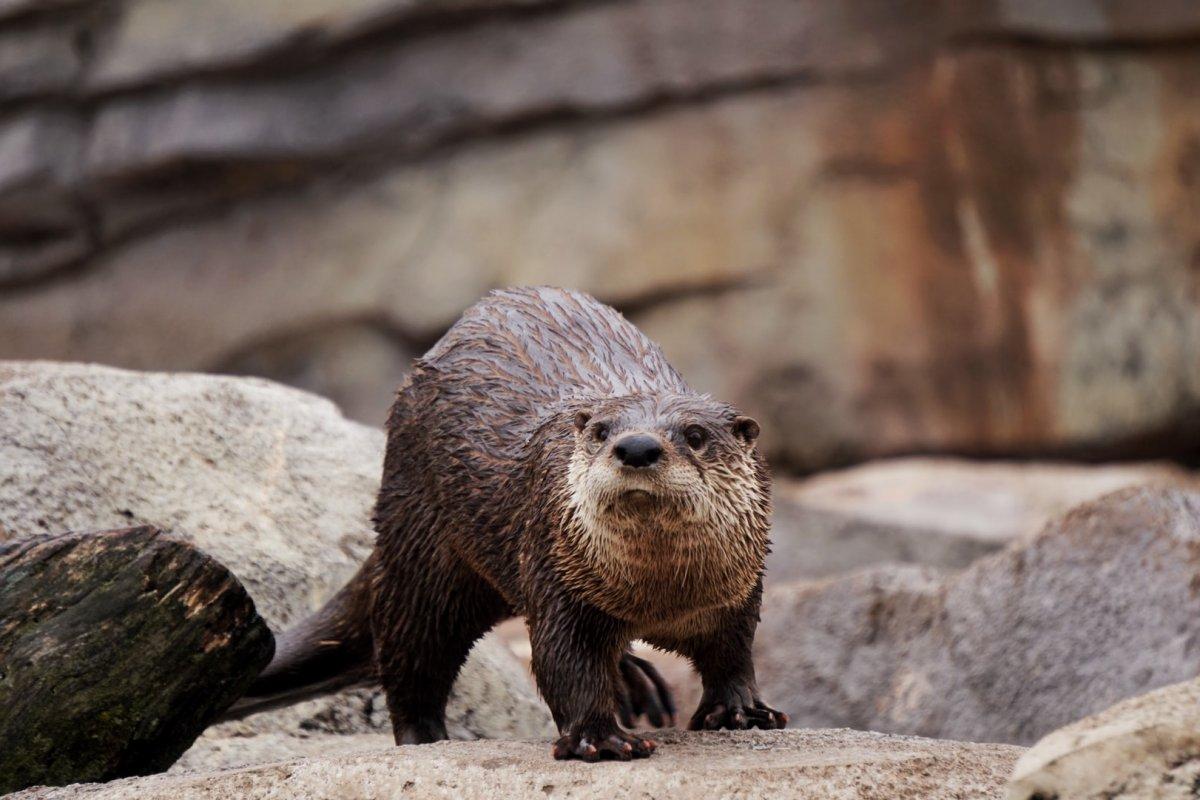
- Name: Eurasian otter
- Scientific name: Lutra lutra
- Conservation status:
The Eurasian otter, also known as the Old World otter or the Eurasian river otter, is a species of semi-aquatic mammal native to much of Eurasia, from the Iberian Peninsula and the British Isles to the eastern coast of Russia and China.
It mostly feeds on fish and is strongly territorial. Depending on the area, it is either endangered or recovering, and it lives in unpolluted bodies of freshwater such as lakes, canals, and ponds, with an adequate food supply.
2. Eurasian wolf
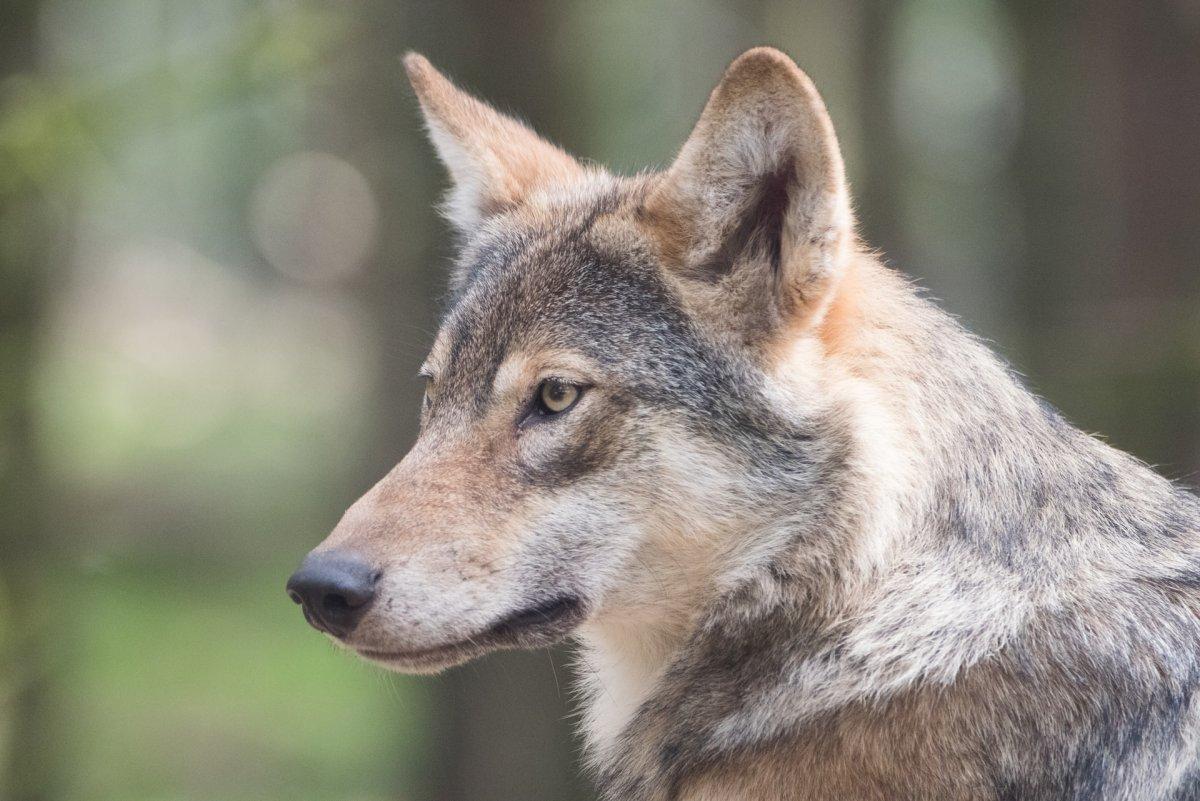
- Name: Eurasian wolf
- Scientific name: Canis lupus lupus
- Conservation status:
The Eurasian wolf, also known as the common wolf, is a subspecies of the gray wolf native to Europe and Russia. It lives in steppes and forests and used to be extremely widespread throughout all of Eurasia, until the Middle Ages. It was also held in high regard in several cultures, such as Greek, Celtic, Slavic, and Turkic.
This wolf has short, coarse fur and a distinctive howl, somewhat similar to that of the North American wolf.
3. European pine marten
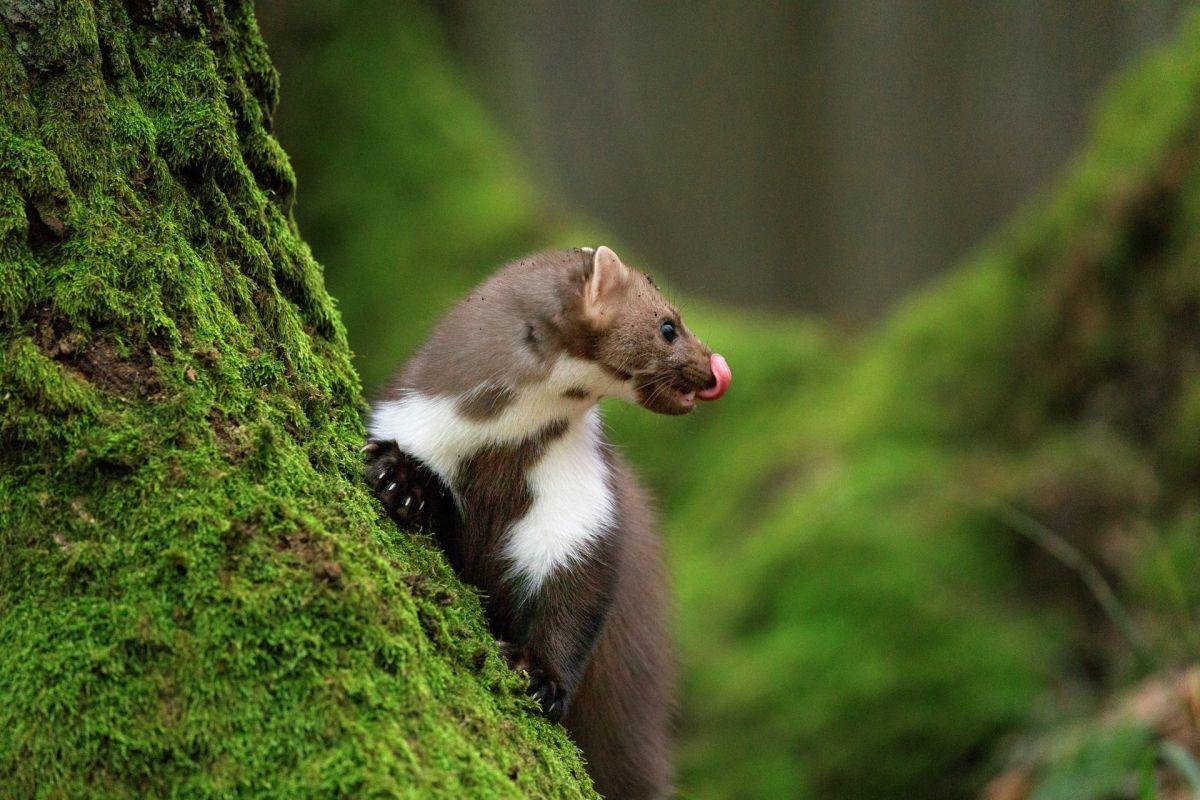
- Name: European pine marten
- Scientific name: Martes martes
- Conservation status:
The European pine marten, also known as the sweet marten or the baum marten, and also simply known as the European marten or the pine marten, is a species of mustelid native to much of Europe and into Russia and the Middle East.
This animal lives for about 11 years and has already reached 18 years in captivity. Its biggest threat is humans, because of persecution, poisoning, and habitat loss.
4. Przewalski’s horse
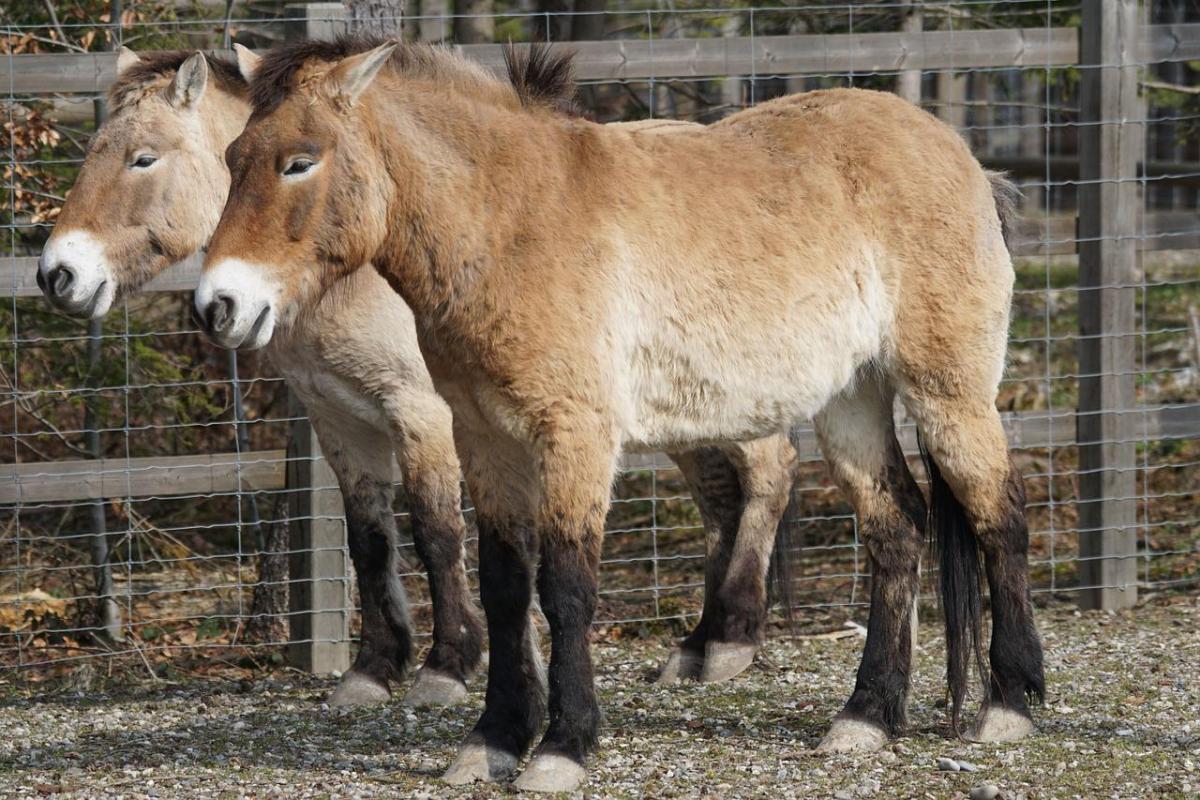
- Name: Przewalski’s horse
- Scientific name: Equus ferus przewalskii
- Conservation status:
Przewalski’s horse, also known as the Mongolian wild horse, the takhi or the Dzungarian horse, is a species of wild horse native to the steppes of Central Asia. After becoming extinct in the wild, it has been introduced to several countries in the world, including Hungary and its Hortobágy National Park. Now, it is considered endangered and is very slowly recovering.
This horse species forms troops of about 5 to 15 individuals, usually made of one old stallion, its mares, and several foals.
5. Moose
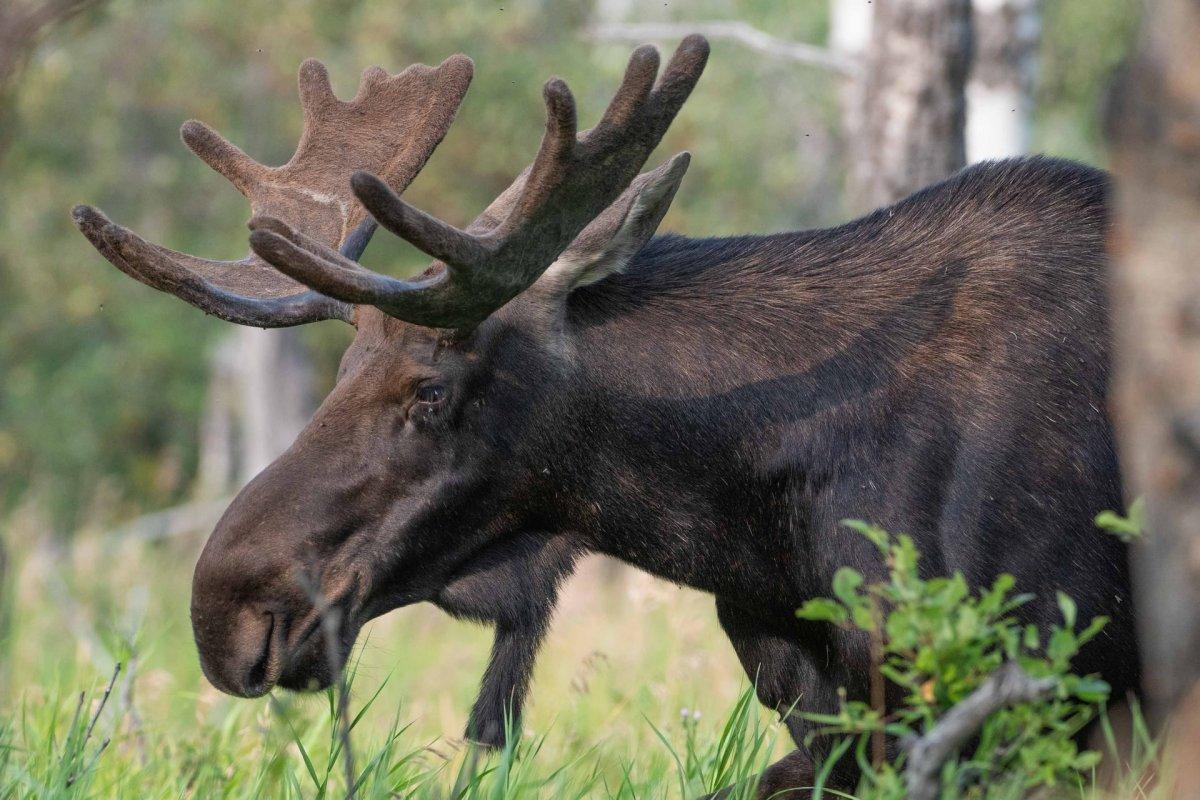
- Name: Moose
- Scientific name: Alces alces
- Conservation status:
The moose, locally known as the elk, is a species of New World deer native to much of the Northern Hemisphere, from the cold areas of Canada to the tundra and Siberia of Russia.
It is the largest and heaviest species of deer on the planet, and adult males have distinctive, large and broad antlers. Over time, its range has drastically declined, mostly due to hunting. Natural predators include bears, humans, and sometimes wolverines.
6. European jackal
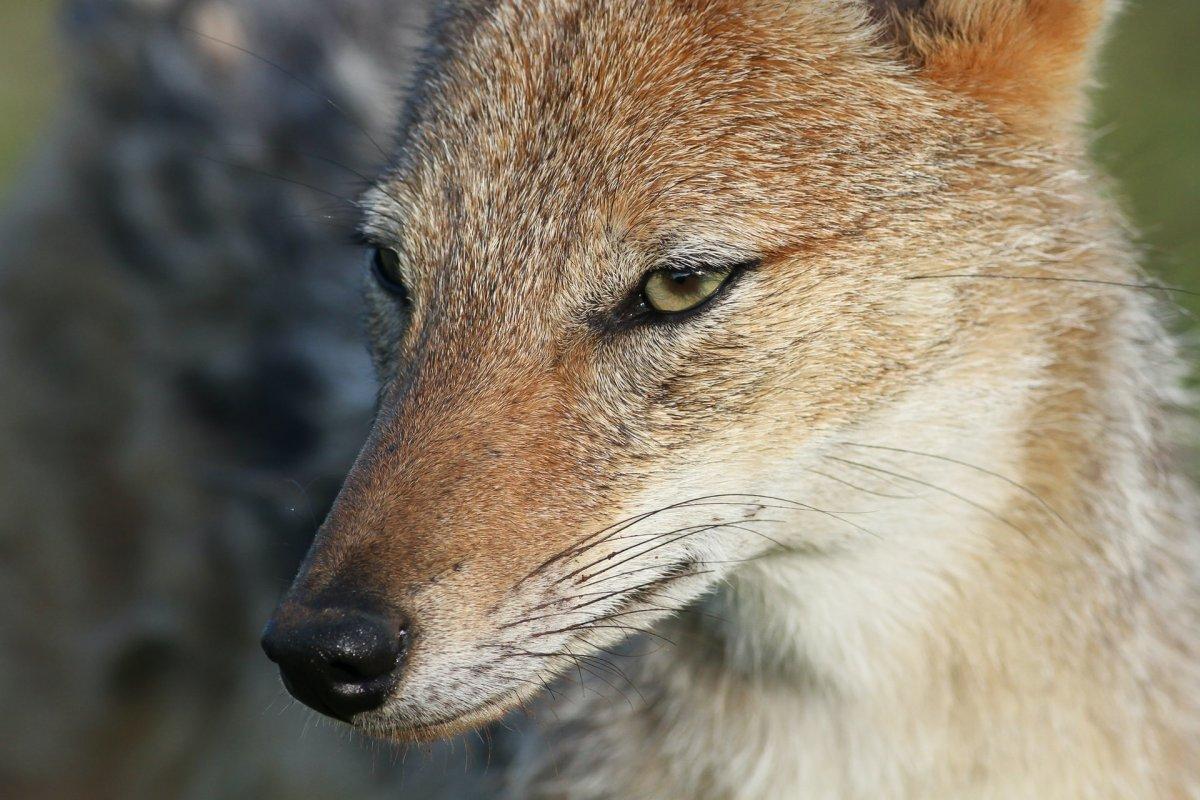
- Name: European jackal
- Scientific name: Canis aureus moreoticus
- Conservation status:
The European jackal is a subspecies of the golden jackal, native to Anatolia, southeastern Europe, and the Caucasus. There are about 70,000 to 117,000 individuals in the wilderness of Europe, and their range is slowly growing. Some people already claim to have seen some of them in France, Germany, and Poland.
Since the 1970s, this species has been rapidly spreading, which is most likely due to the decrease in gray wolf populations.
7. European badger
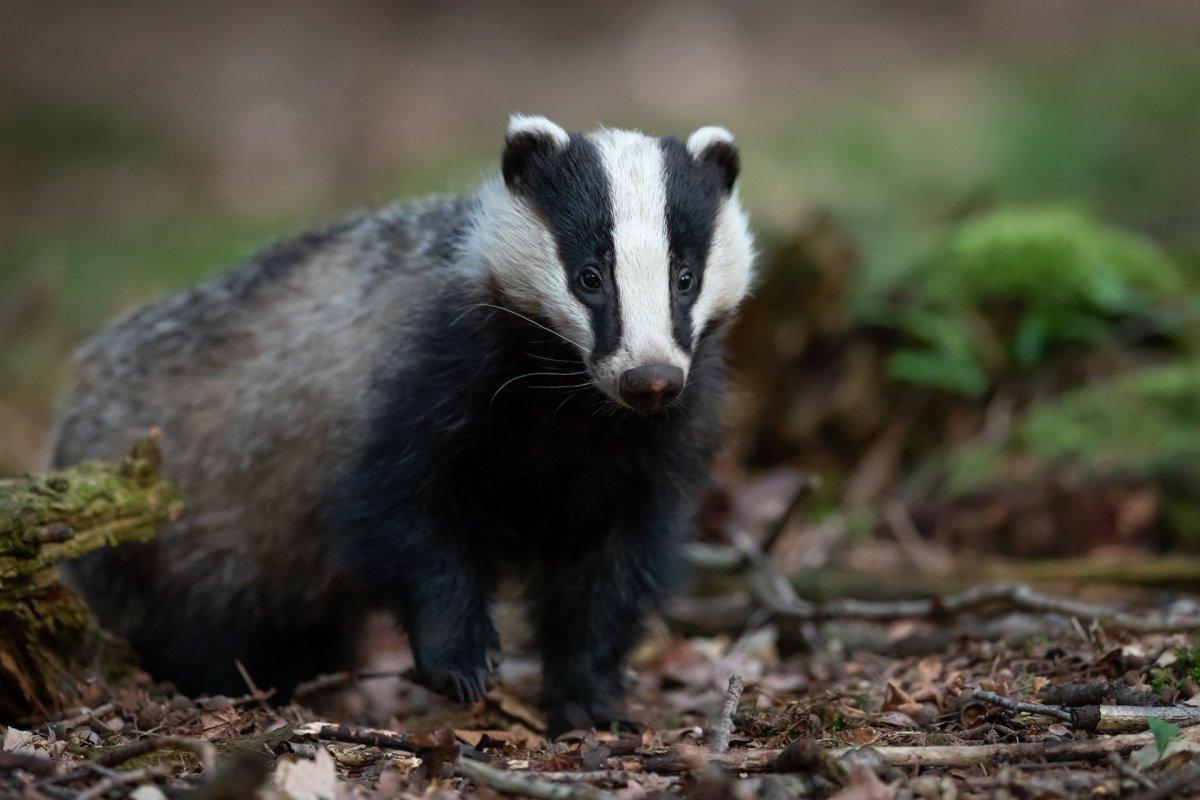
- Name: European badger
- Scientific name: Meles meles
- Conservation status:
The European badger is a species of mustelid native to almost the entirety of Europe. It has a large, stable population and a very wide range, which is why it is listed as least concern. Like many animals, it still faces threats, however, such as hunting and mass culling, as well as habitat loss and persecution.
This mammal is stockily built and can be particularly aggressive when threatened or cornered. It is considered a carnivore, but also feeds on other plant and animal foods, such as insects, small mammals, cereals, and carrion.
8. Wild boar
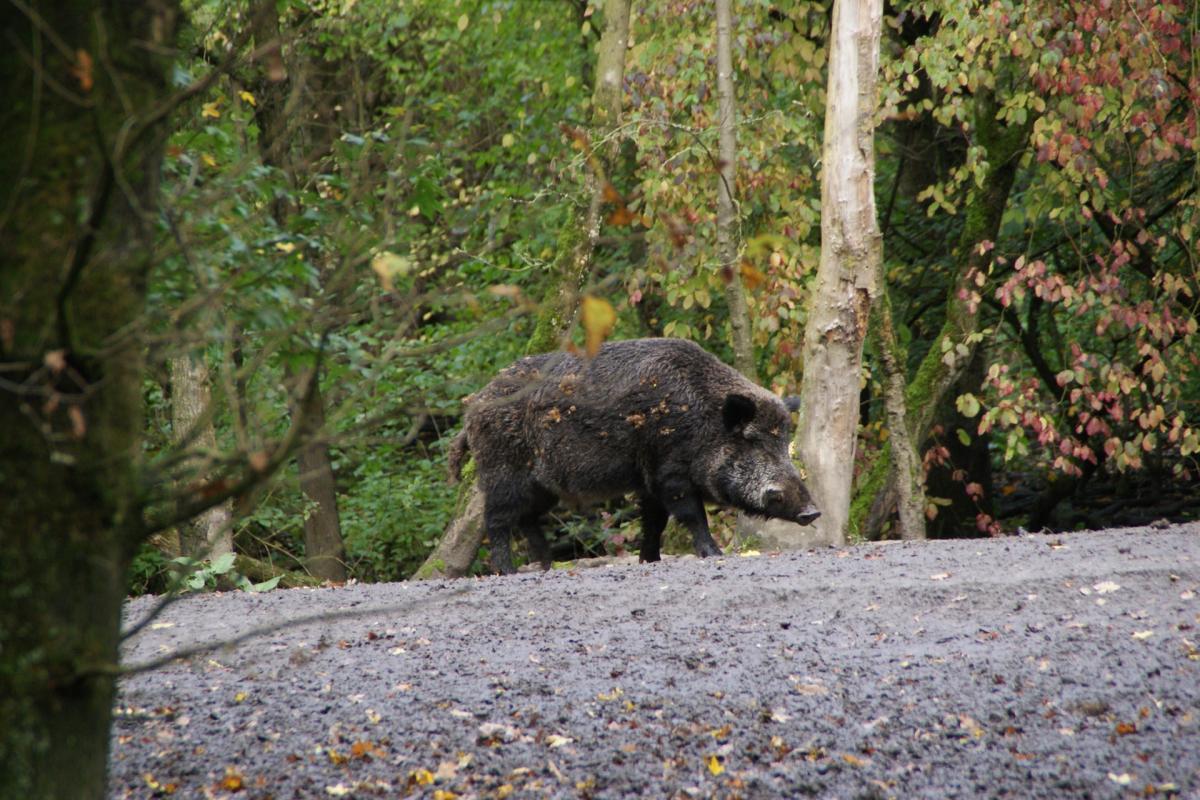
- Name: Wild boar
- Scientific name: Sus scrofa
- Conservation status:
The wild boar is one of the most common, widespread and well-known animals in all of Europe. Also known as the Eurasian wild pig, the wild swine, or the common wild pig, it has been introduced to Oceania and the Americas and is native to Eurasia.
There are up to 16 subspecies recognized, and the reason for such a success as a species is its extremely high adaptability: living in almost any type of habitat and feeding on literally anything it can, the wild boar is an important symbol in European culture and the ancestor of the domestic pig.
9. Carpathian lynx
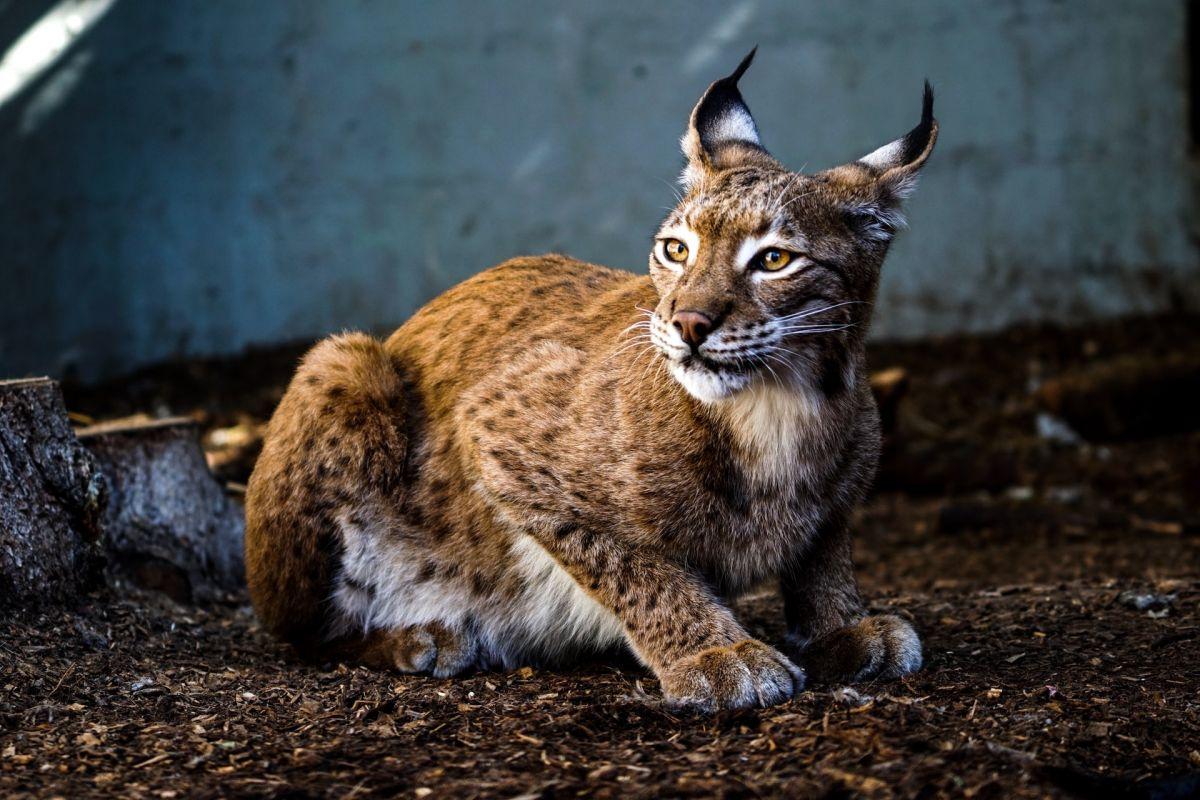
- Name: Carpathian lynx
- Scientific name: Lynx lynx carpathicus
- Conservation status:
The Carpathian lynx is a subspecies of the more famous Eurasian lynx, native to Hungary, Ukraine, Bulgaria, Romania, and Slovakia. Compared to other cat species, it is relatively large and has long legs and tall ears with characteristic black tufts.
This lynx does not run very fast and has to ambush its prey in order to feed. The good thing is that it is extremely good at that, and it feeds on sheep, wild goats, and deers.
10. Eurasian pygmy shrew
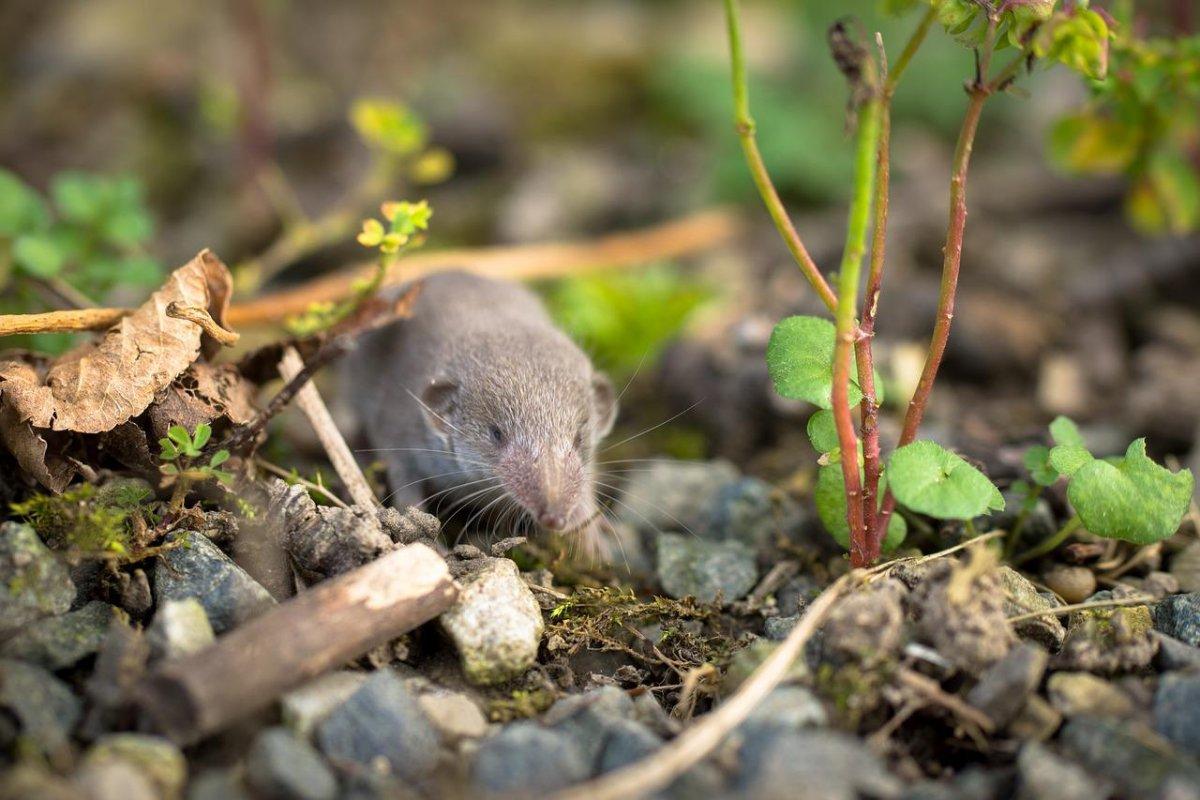
- Name: Eurasian pygmy shrew
- Scientific name: Sorex minutus
- Conservation status:
The Eurasian pygmy shrew, simply known as the pygmy shrew, is a species of shrew native to a large part of Eurasia. Very widespread and pretty common, it is active during both the day and night, and it lives in leaf litter. In order to survive, it feeds on invertebrates and small insects.
Interestingly enough, it has one of the highest metabolic rates of any animal! This means that it needs to eat about 125 percent of its body weight every day.
11. European mole
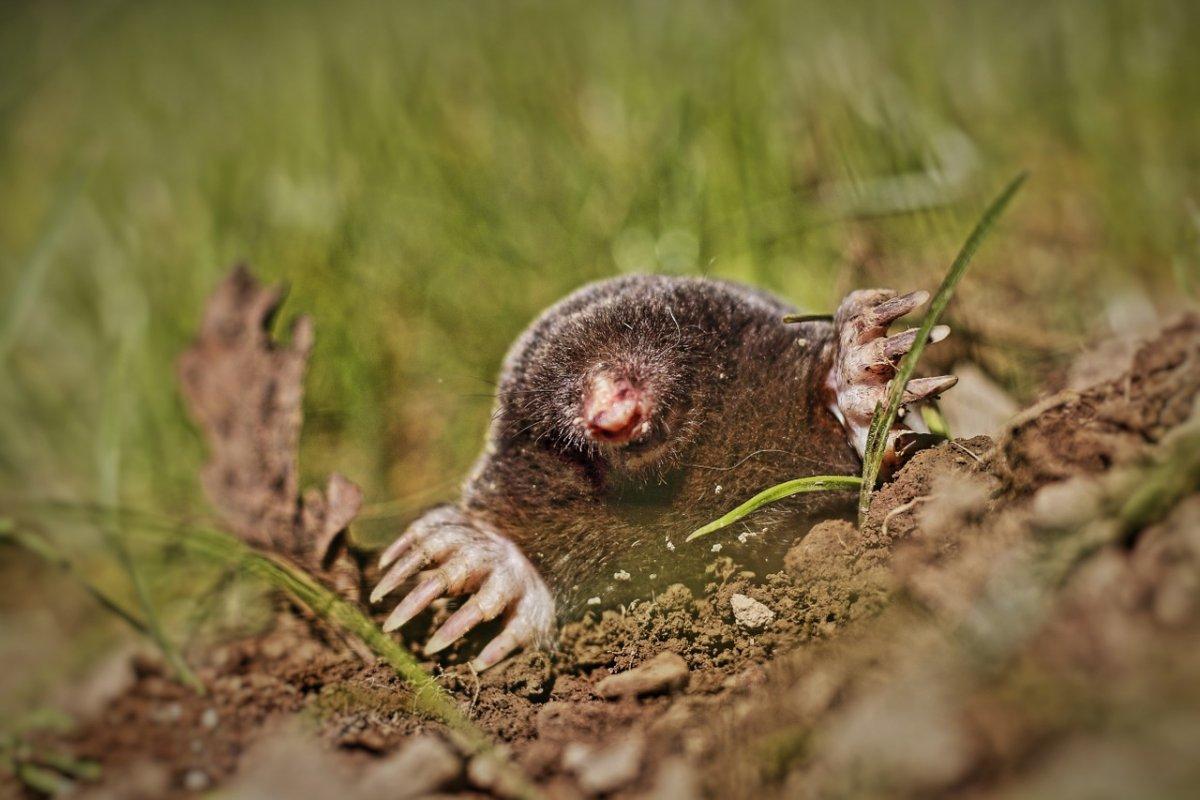
- Name: European mole
- Scientific name: Talpa europaea
- Conservation status:
The European mole, also known as the northern mole or the common mole, is a species of mammal native to much of Eurasia, except for its northernmost and southernmost parts. It lives in a tunnel system that is constantly extending and uses it to hunt its prey, usually insects, shrews, and centipedes.
The characteristic molehills that you will see when a European mole is present are actually the leftover displaced earth.
12. Greater noctule bat
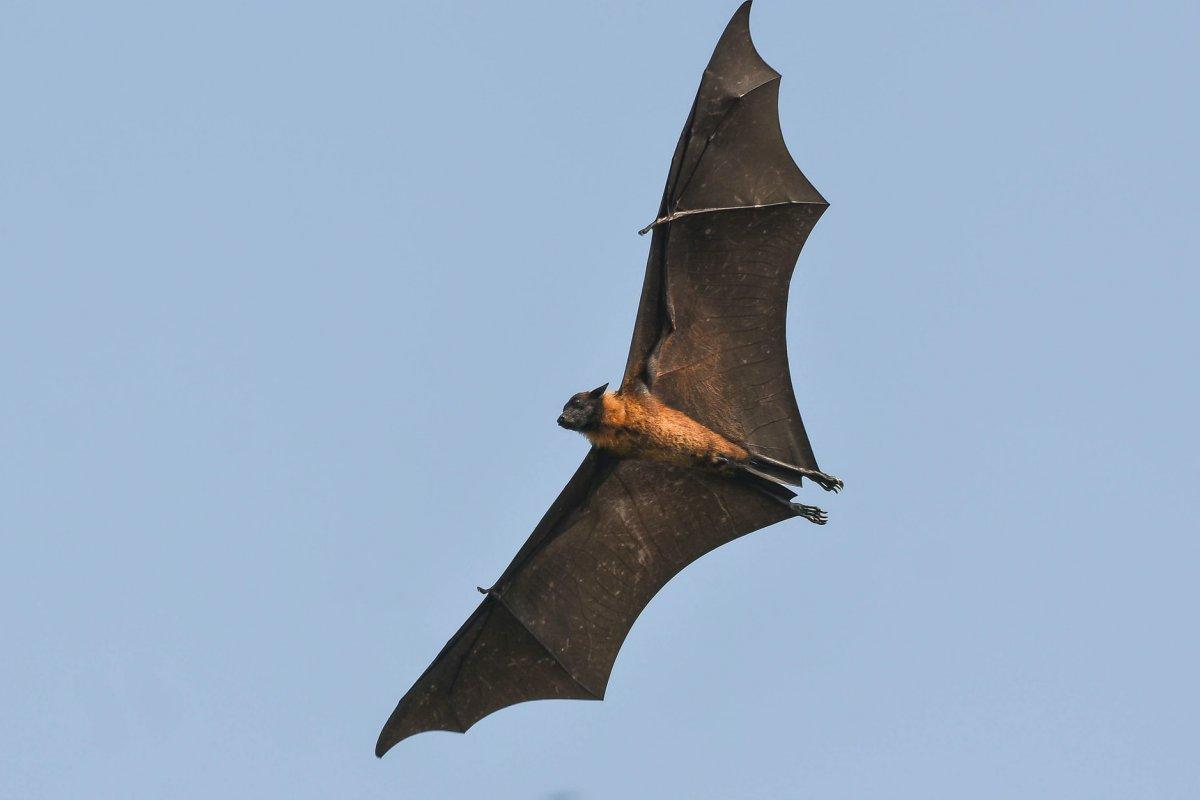
- Name: Greater noctule bat
- Scientific name: Nyctalus lasiopterus
- Conservation status:
The greater noctule bat is a species of bat native to Europe, western Asia, and North Africa. It is the largest and least known bat in all of Europe, as it has a wingspan of up to 46 cm / 18 in.
Unlike most other species of bats, it is carnivorous and is one of the only to feed on passerine birds. Its wings are ideal for open-air hunting, and it uses echolocation above the hearing range of birds to surprise them.
13. Red fox
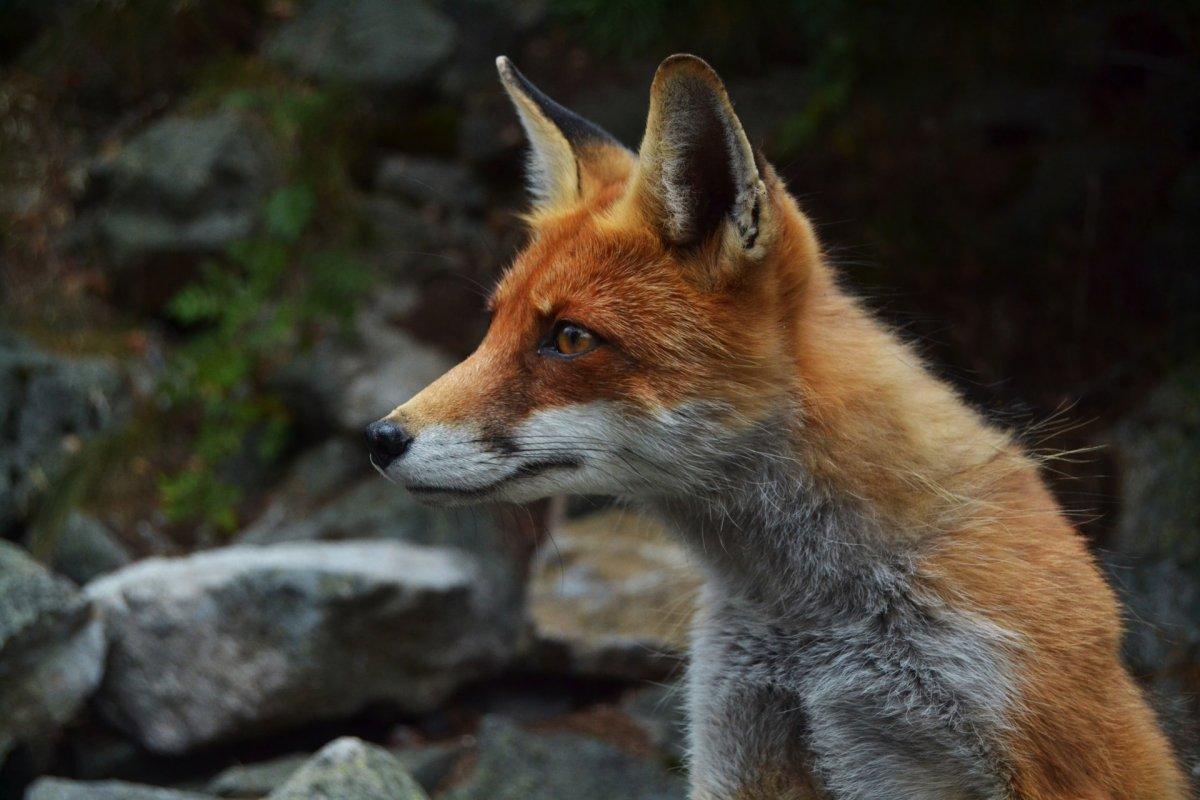
- Name: Red fox
- Scientific name: Vulpes vulpes
- Conservation status:
The red fox is the largest species of true foxes, and one of the most widely distributed carnivores on the planet: from North America to Europe, Asia, and even Oceania, it can be found on every continent and is almost always an extremely successful species. Sometimes, like in Australia, it is “too” successful and is considered a very invasive species. In fact, it was added to the list of the world’s 100 worst invasive species!
14. European polecat
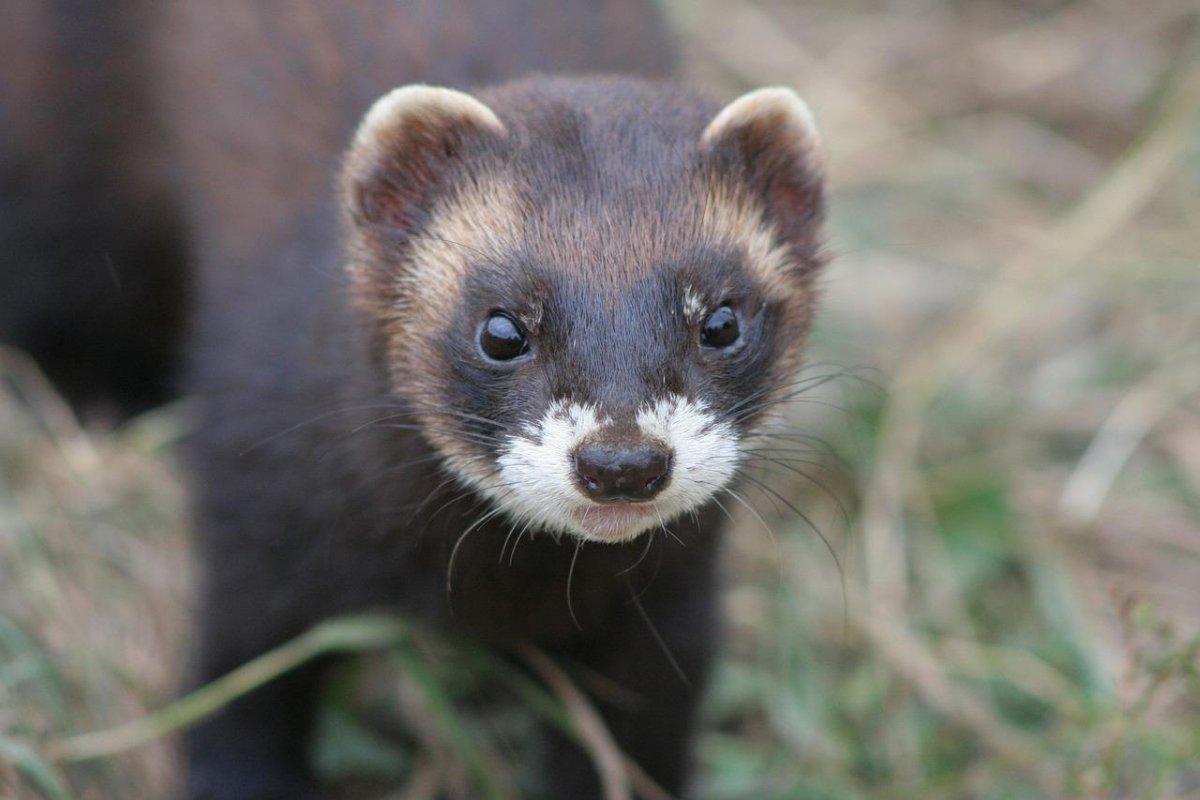
- Name: European polecat
- Scientific name: Mustela putorius
- Conservation status:
The European polecat is a species of mustelid native to western Eurasia and northern Africa. Compared to other mustelid species, it is much less territorial, and animals of the same sex often share the same home range.
It is the only ancestor of the ferret, which was domesticated more than 2 millennia ago. Thanks to its very large numbers and wide range, it is listed as least concern.
15. Saker falcon
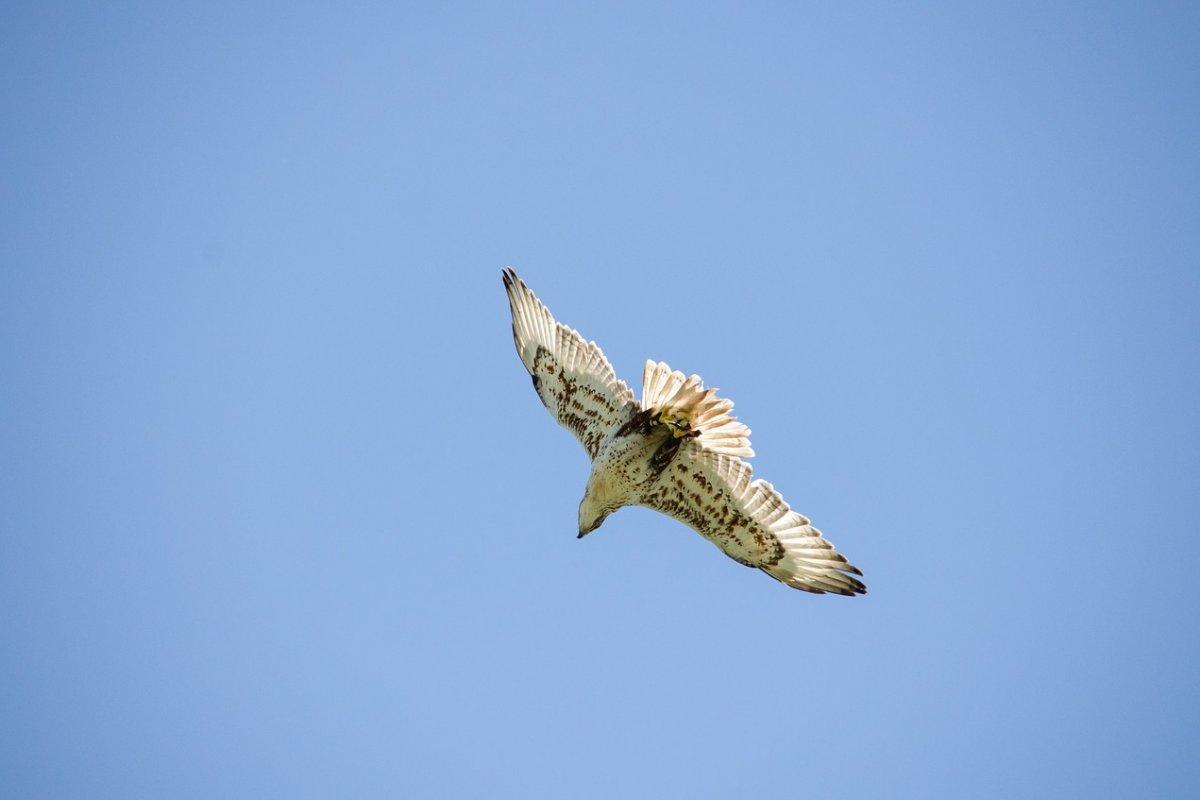
- Name: Saker falcon
- Scientific name: Falco cherrug
- Conservation status:
The saker falcon is the national bird of Hungary, Mongolia, and the United Arab Emirates. It is a large species of falcon native to Central Europe and Central Asia. Except in the southernmost areas of its range, it is migratory and spends the winter in the Arabian peninsula, China, Pakistan, and Ethiopia.
This bird of prey lives in open grasslands with cliffs or trees. It hunts by horizontal pursuit and mostly feeds on other birds and rodents.
16. Great bustard
- Name: Great bustard
- Scientific name: Otis tarda
- Conservation status:
The great bustard is a species of bird in the bustard family. It lives in open grasslands and farmland and is mostly resident in Europe, but Asian populations tend to migrate. Speaking of regions, it can be found in southern and Central Europe, Morocco, and Central and East Asia.
More than half of the world’s great bustard population is located on the Iberian Peninsula. This bird has been locally extinct in Great Britain since 1952, and it is listed as vulnerable.
17. European hamster
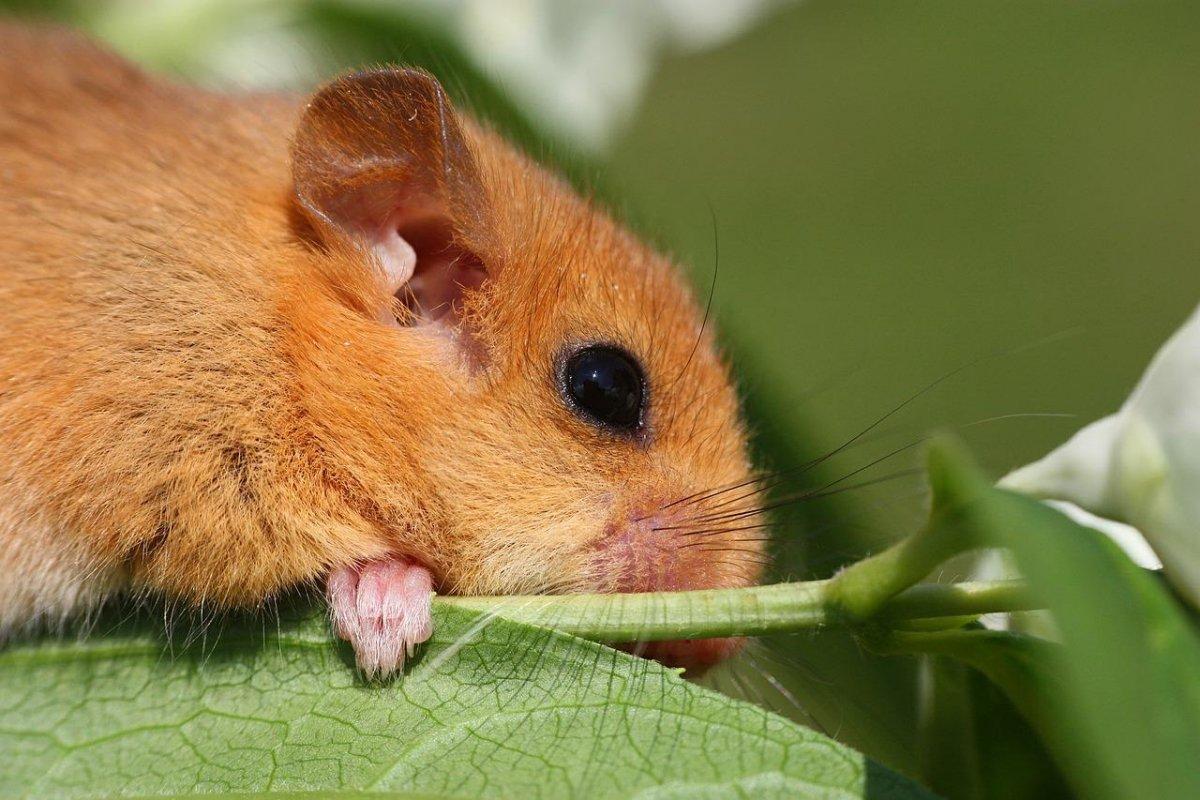
- Name: European hamster
- Scientific name: Cricetus cricetus
- Conservation status:
The European hamster, also known as the common hamster, the Eurasian hamster, or the black-bellied hamster, is a critically endangered species of wild hamster native to Central and East Europe and West and Central Asia. It creates a complex system of burrows, and feeds on roots, grasses, insects, and legumes, after storing them in its cheek pouches.
In recent years, its population has plummeted, and the reasons for that are quite unclear. However, they are most likely related to habitat loss, poisoning, pollution, and predation.
18. Pygmy cormorant
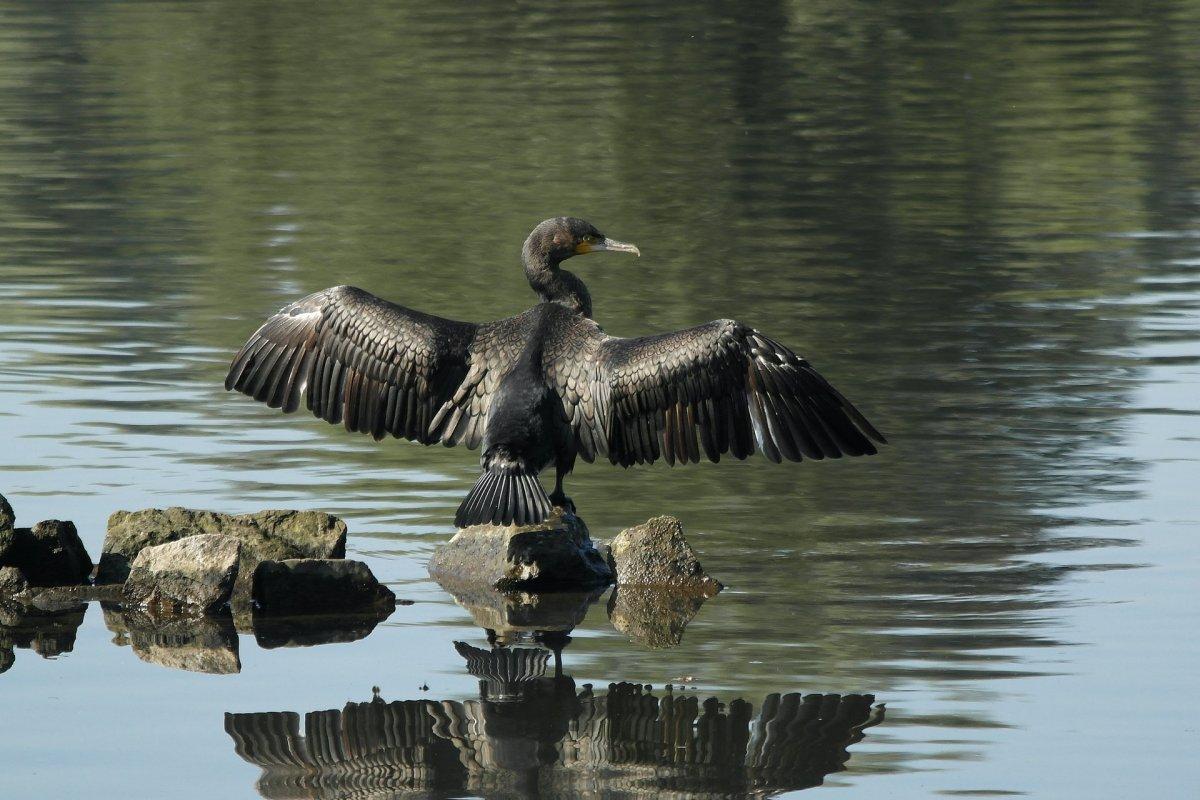
- Name: Pygmy cormorant
- Scientific name: Microcarbo pygmaeus
- Conservation status:
The pygmy cormorant is a very small, unusual, and (objectively) cute species of seabird. It inhabits south-eastern Europe and south-western Asia and is partially migratory, wintering further south when needed, depending on the area. Sometimes, it can also be spotted in western Europe.
This cormorant is threatened by habitat loss, pollution, and persecution: being a huge fish consumer and most importantly a destroyer of fishing nets, it is often persecuted by fishermen.
19. European rabbit
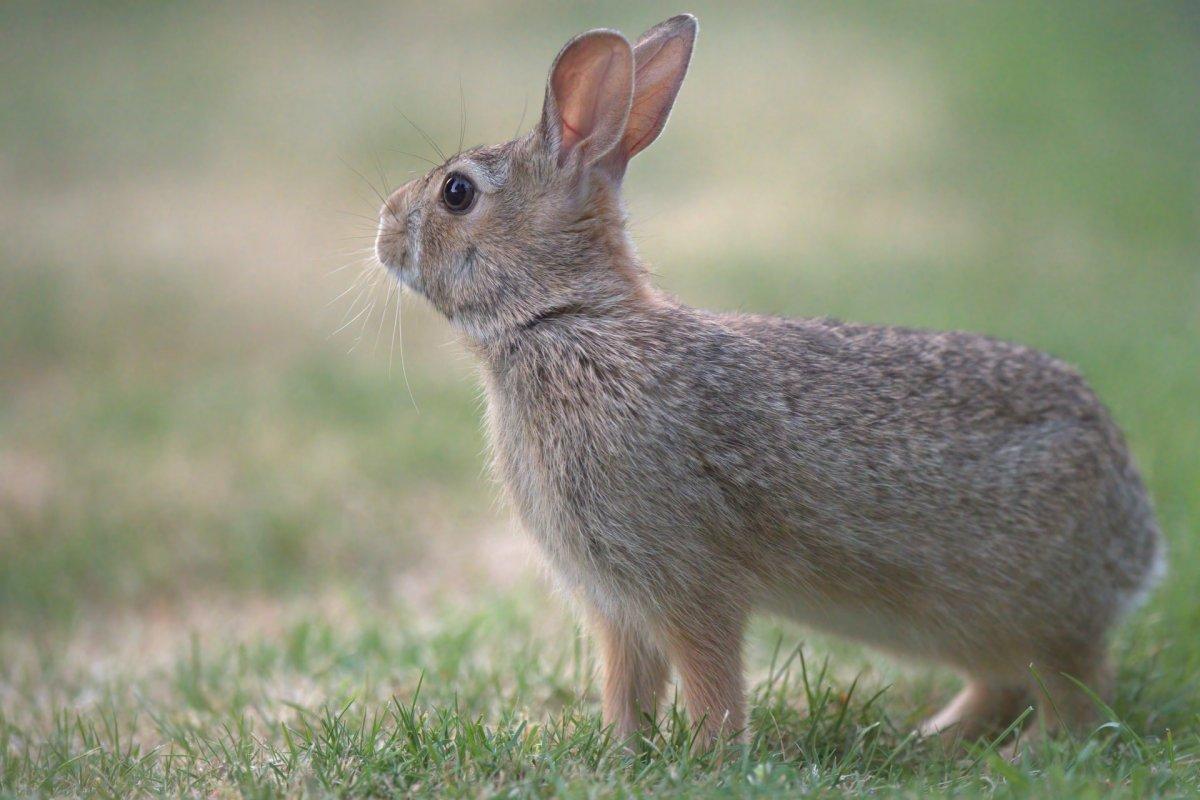
- Name: European rabbit
- Scientific name: Oryctolagus cuniculus
- Conservation status:
The European rabbit, also known as the coney, is a species of rabbit native to western Europe and the Atlas Mountains in northwestern Africa. It was introduced to Hungary and many other countries in the world, where it caused devastating effects on local biodiversity.
Despite this, the European rabbit is listed as endangered and suffers from overhunting for its meat and fur, as well as predation and capture to be kept as a pet.
20. Great white pelican
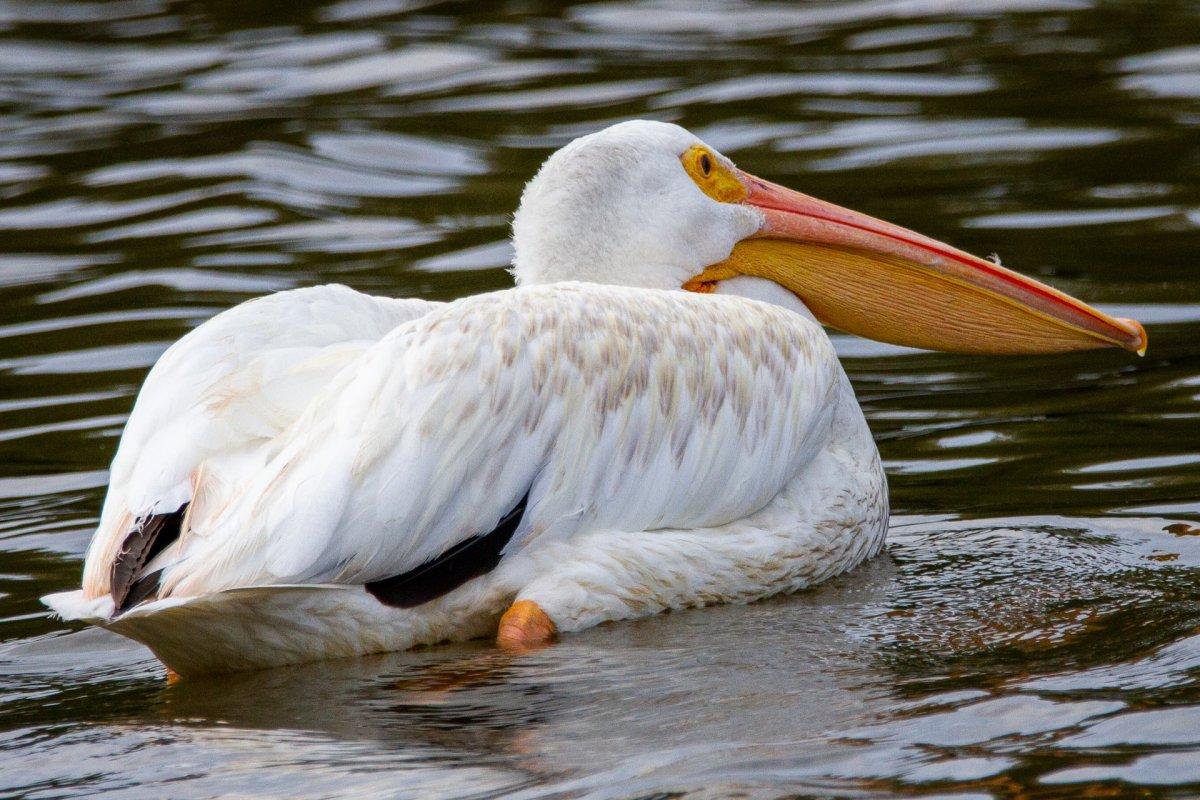
- Name: Great white pelican
- Scientific name: Pelecanus onocrotalus
- Conservation status:
The great white pelican, also known as the white pelican, the rosy pelican, or the eastern white pelican, is a species of bird native to small areas of sub-Saharan Africa, Europe, and Asia. It is protected under European law, especially within the European Union.
This pelican is very social and usually forms large flocks. It is well adapted for aquatic life, and mostly feeds on fish: with its characteristic, large mouth pouch, it scoops up the fish with the water, before contracting the pouch and releasing the water… but not the fish!
21. Roe deer
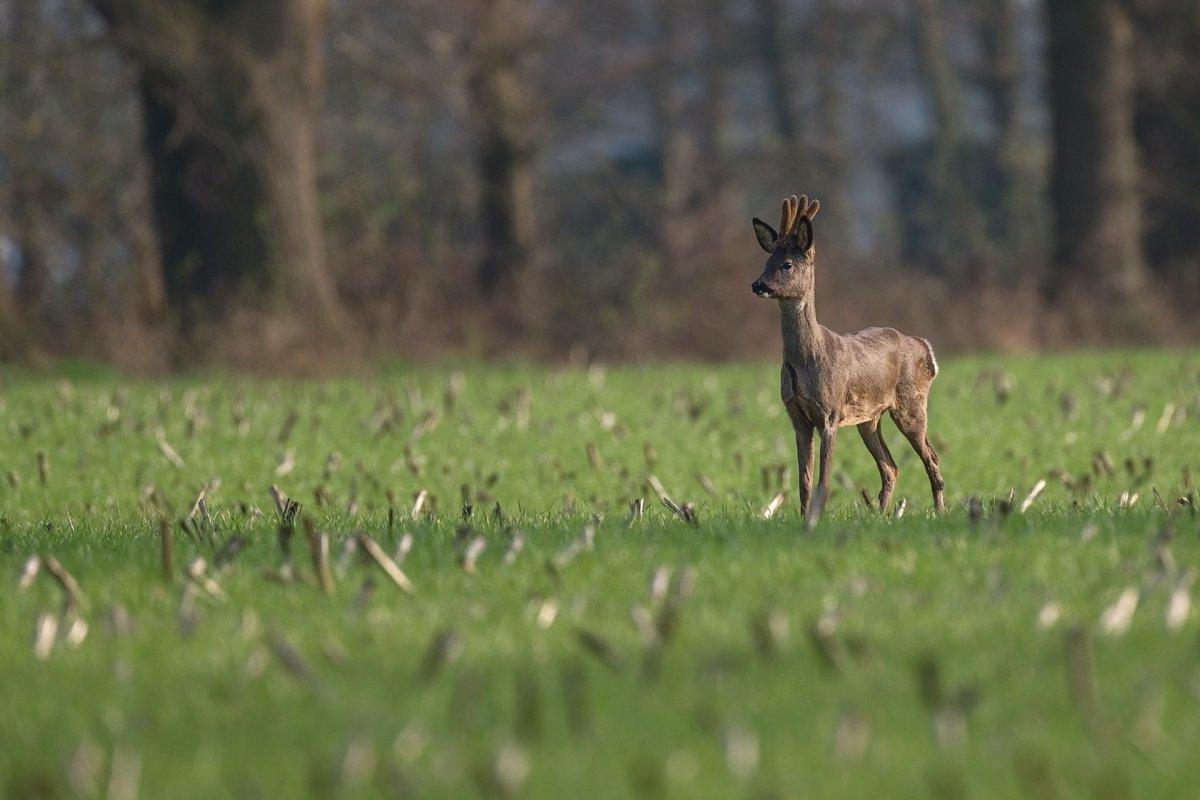
- Name: Roe deer
- Scientific name: Capreolus capreolus
- Conservation status:
The roe deer, also known as the European roe, the western roe deer, or simply the roe, is a species of deer native to the entirety of Europe and several areas of the Middle East.
It mostly feeds on leaves, grasses, and berries, and particularly likes young grass that just received rain. Usually, it will not venture into fields with livestock, and it stays hidden in dense forests throughout the day.
—
So there you have them, these were my 21 wild animals in Hungary. I hope you enjoyed this list and that you learned something new today.
In case you want to learn more about animals in the country, feel free to keep reading, as I still have lots of things to tell you about:
Endangered Animals of Hungary
This is definitely the saddest part of the list, but it is very important to raise awareness. Because of this, let’s go through the list of endangered animals in Hungary.
Here are the animals in danger of extinction in Hungary.
- None
- Common hamster
- Sociable lapwing
- Beluga
- Ship sturgeon
- Slender-billed curlew
- and 3 more…
- Steppe eagle
- Egyptian vulture
- European souslik
- Saker falcon
- European rabbit
- and 4 more…
To see the full list of endangered species in Hungary, head over to the International Union for Conservation of Nature’s Red List.
What is the National Animal of Hungary?
The national animal of Hungary is the turul.
Never heard of it? Well, that makes sense, since the turul is a mythical animal!
Mostly depicted as a falcon, it plays an important role in Hungarian tradition. This bird of prey is used on the coat of arms of several Hungarian institutions, such as the Office of National Security and the Counter Terrorism Centre.
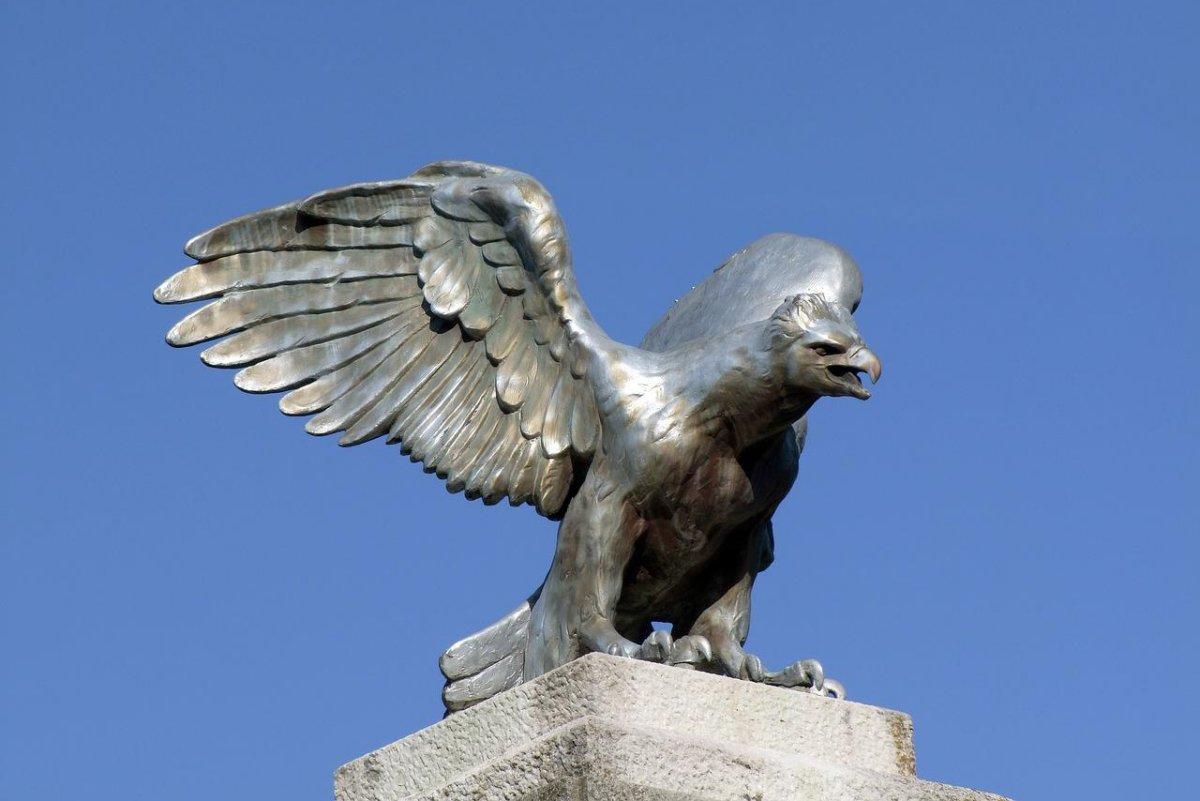
How Many Animals Native to Hungary?
What is the diversity of native animals in Hungary?
Let’s look at the total number of species of Chordata (mammals, birds, fishes, and reptiles).
Total number of animal species in Hungary: 566 (3,149 in total in Europe)
More About Animals in the World!
Loved these Hungary wildlife facts? Want to see what animals live in other countries?
Then check out these posts:
Or click here to see ALL the facts up on the blog! Spoiler alert: there’s A LOT of them.
Share the knowledge! Click on the buttons below to share information about these famous animals in Hungary with your friends, and help them learn more about the world 🙂
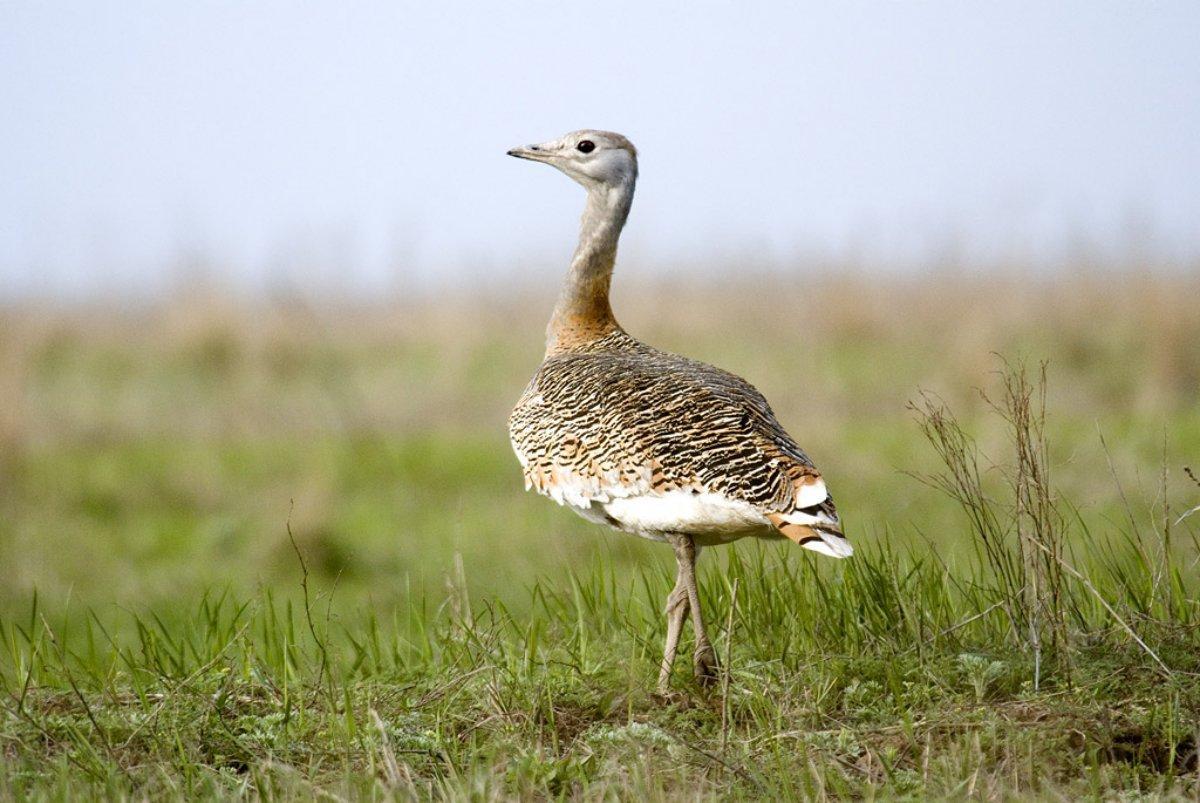

![35 Wild Animals in Madagascar [Wildlife in Madagascar]](https://www.kevmrc.com/wp-content/uploads/2022/12/35-wild-animals-in-madagascar.jpg)
![21 Wild Animals in Azerbaijan [Wildlife in Azerbaijan]](https://www.kevmrc.com/wp-content/uploads/2022/06/21-wild-animals-in-azerbaijan.jpg)
![21 Wild Animals in Bulgaria [Wildlife in Bulgaria]](https://www.kevmrc.com/wp-content/uploads/2022/06/21-wild-animals-in-bulgaria.jpg)